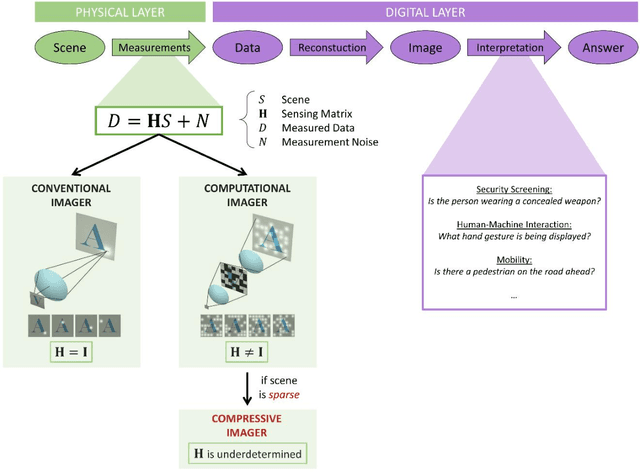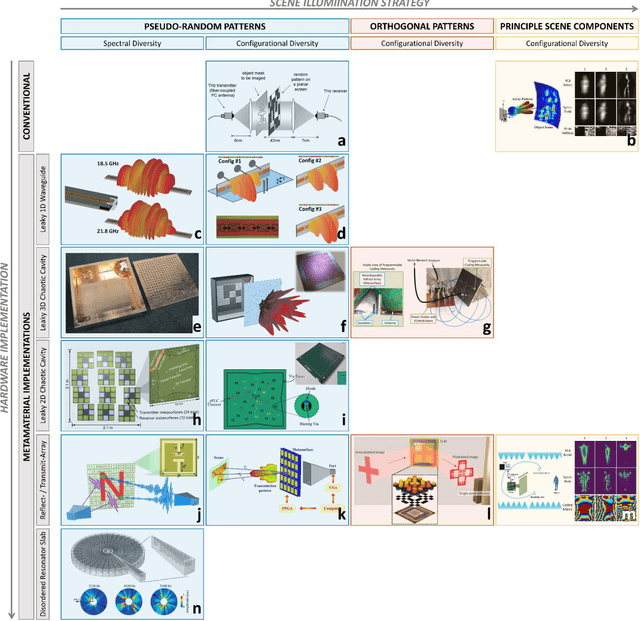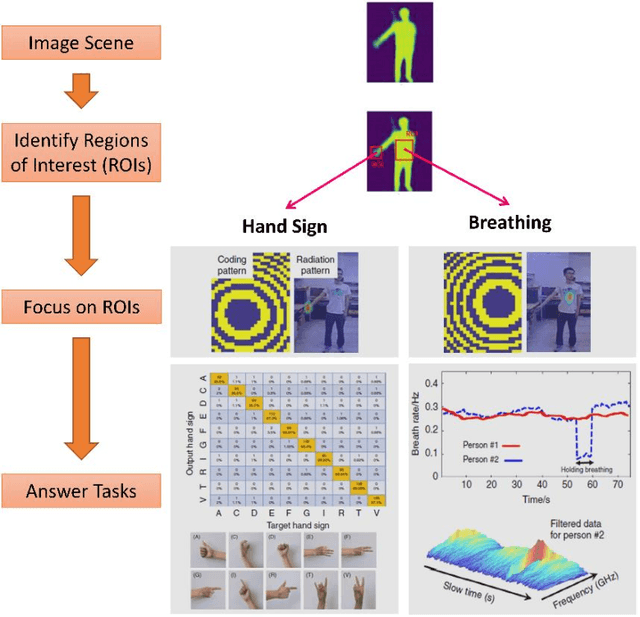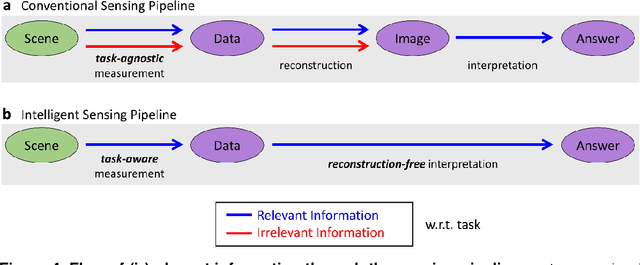Rashid Faqiri
PhysFad: Physics-Based End-to-End Channel Modeling of RIS-Parametrized Environments with Adjustable Fading
Feb 06, 2022



Abstract:Programmable radio environments parametrized by reconfigurable intelligent surfaces (RISs) are emerging as a new wireless communications paradigm, but currently used channel models for the design and analysis of signal-processing algorithms cannot include fading in a manner that is faithful to the underlying wave physics. To overcome this roadblock, we introduce a physics-based end-to-end model of RIS-parametrized wireless channels with adjustable fading (coined PhysFad) which is based on a first-principles coupled-dipole formalism. PhysFad naturally incorporates the notions of space and causality, dispersion (i.e., frequency selectivity) and the intertwinement of each RIS element's phase and amplitude response, as well as any arising mutual coupling effects including long-range mesoscopic correlations. PhysFad offers the to-date missing tuning knob for adjustable fading. We thoroughly characterize PhysFad and demonstrate its capabilities for a prototypical problem of RIS-enabled over-the-air channel equalization in rich-scattering wireless communications. We also share a user-friendly version of our code to help the community transition towards physics-based models with adjustable fading.
Intelligent Meta-Imagers: From Compressed to Learned Sensing
Oct 28, 2021



Abstract:Computational meta-imagers synergize metamaterial hardware with advanced signal processing approaches such as compressed sensing. Recent advances in artificial intelligence (AI) are gradually reshaping the landscape of meta-imaging. Most recent works use AI for data analysis, but some also use it to program the physical meta-hardware. The role of "intelligence" in the measurement process and its implications for critical metrics like latency are often not immediately clear. Here, we comprehensively review the evolution of computational meta-imaging from the earliest frequency-diverse compressive systems to modern programmable intelligent meta-imagers. We introduce a clear taxonomy in terms of the flow of task-relevant information that has direct links to information theory: compressive meta-imagers indiscriminately acquire all scene information in a task-agnostic measurement process that aims at a near-isometric embedding; intelligent meta-imagers highlight task-relevant information in a task-aware measurement process that is purposefully non-isometric. We provide explicit design tutorials for the integration of programmable meta-atoms as trainable physical weights into an intelligent end-to-end sensing pipeline. This merging of the physical world of metamaterial engineering and the digital world of AI enables the remarkable latency gains of intelligent meta-imagers. We further outline emerging opportunities for cognitive meta-imagers with reverberation-enhanced resolution and we point out how the meta-imaging community can reap recent advances in the vibrant field of metamaterial wave processors to reach the holy grail of low-energy ultra-fast all-analog intelligent meta-sensors.
 Add to Chrome
Add to Chrome Add to Firefox
Add to Firefox Add to Edge
Add to Edge